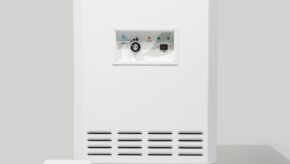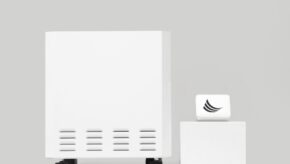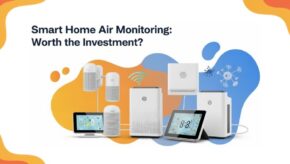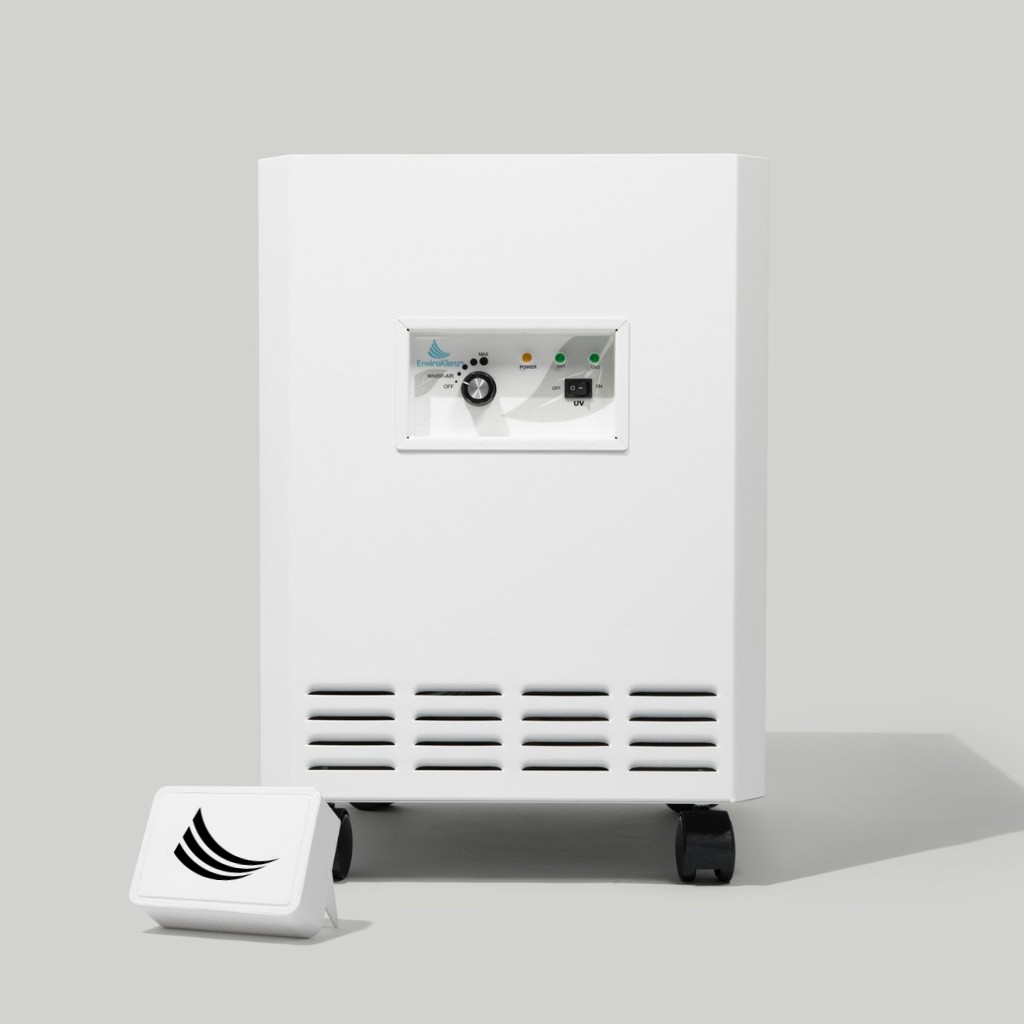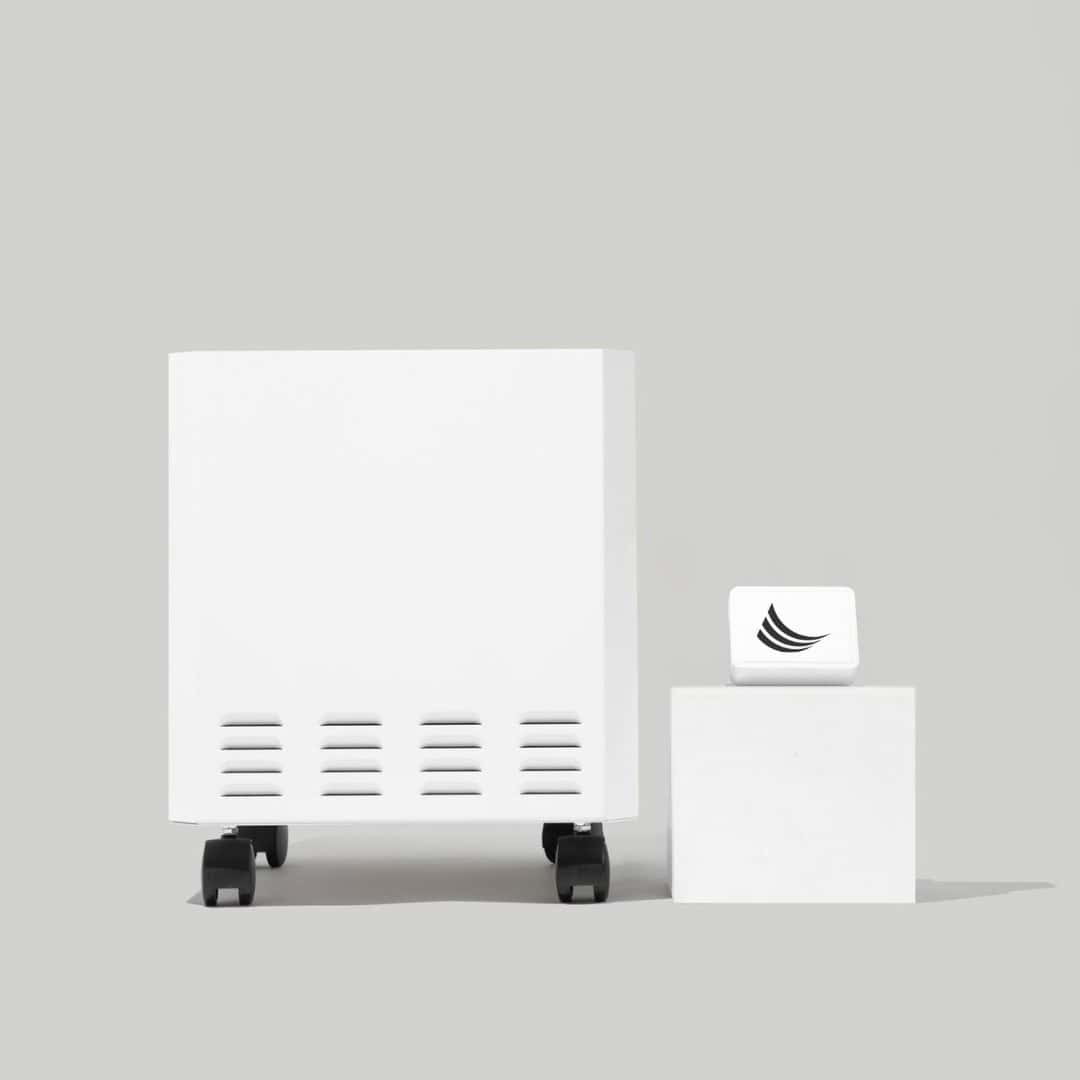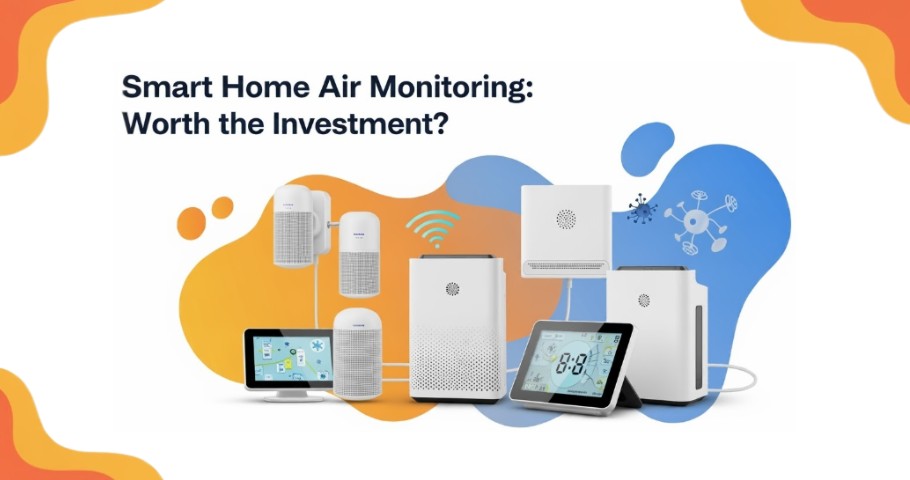EnviroKlenz® in a Community College in the North East
An indoor air quality case study.
Industry Overview
Safety protocols for returning to the classroom are a crucial focus for all educational institutions, as they affect the rate of airborne transmission and the performance of students. According to the CDC’s ventilation recommendations for schools, increased airflow and outdoor air exchange in occupied spaces are among the top suggestions. Upgrades to current HVAC and filtration systems are also recommended, doing so through upgraded filters, HVAC system maintenance and repair, ultraviolet germicidal irradiation (UVGI), and portable air cleaners using HEPA filtration. Ventilation measures are in accordance with ASHRAE standard 62.1.
ASHRAE standards outline the following specified guidelines for school air quality:
- Introduce terminal or portable HEPA/UV air filtration machines in each classroom
- Target highest achievable air exchange rate via terminal and portable units without generating excessive noise or air disturbance
- Increase filtration to maximum efficiency
- Review airflow patterns in occupied spaces to ensure airflow is not impeded
- Ensure 4 to 6 air exchanges per hour in every classroom
Study Background
The EnviroKlenz Air System Plus and two competing carbon systems were deployed and operational alongside an air quality monitor that measures and records particulate matter, stationing the three air purifier systems in a classroom of a community college. The air purifier systems were operational at separate times to gather measurements for each of their performances. Each air purifier system and the air quality monitor operated within the classroom as daily schedules were carried out as usual. Air quality readings compared data collected when the air purifier systems were turned off versus when they were turned on to gauge their individual impact on particulate reduction.
The EnviroKlenz Air System utilizes multi-stages of filtration consisting of patented technology for a broad array of contaminates, UVC (254 nm wavelength), and HEPA. The air meter provides real-time estimates of particulate matter concentrations (PM1, PM2.5, PM10) and particle size distribution using a combination of multiple light scattering-based particle sensors.
The systems ran in operational educational environments with daily schedules being carried out as usual.
Increases and decreases in the particulate matter were observed as expected given the conditions with the air monitor.
The results from this case study with the EnviroKlenz Air System Plus were compared to particulate matter data from the Environmental Protection Agency (EPA). From 2000-2019, the EPA, through a nationwide network of over 400 monitoring sites, developed ambient air quality trends for PM 2.5 particle pollution, representing fine inhalable particles, with diameters that are generally 2.5 micrometers and smaller. In the EnviroKlenz case studies, a broader range of particles was monitored, all with similar trends, but for illustration purposes, the data collected aligned to the size range of the EPA data is shown by plotting the national standard and the top 10 percentile for air quality for comparison.
Test Details
Testing Period: 4/07/21 – 05/02/21
Setting: Classroom within the community college
Equipment Used: (1) EnviroKlenz Air System Plus and (1) lab-grade aerosol measurement instrument, and (2) competing carbon air purifier systems (A and B). Readings were captured in the ranges of PM10, PM2.5, and PM1 (sub-micron-sized)
Running Time: The EnviroKlenz Air System Plus and competing carbon systems were operational in the classroom between 4/13/21 and 05/02/21, each operational during a designated week, while one air purifier system was turned on, the other two air purifier systems were turned off to collect separate performance data.
Monitor status: The air quality monitor was running between 4/07/21 and 5/02/21; the air quality monitor was turned on several days prior to turning on the air purifier systems to establish baseline air quality readings.
Observation: The air quality measurements collected from this case study reveal the difference of particulate matter reduction by the EnviroKlenz Air System Plus compared to two competing carbon systems. The measurements taken prior to any air purifier system being turned on showed several significant spikes in PM2.5 that reached levels five times greater than the national standard of the EPA’s Clean Air Act. This data indicates that existing filtration did not demonstrate reduction of these influxes of dangerous air pollution during operational hours, increasing the facility’s overall vulnerability to illnesses and transmission.
Comparison to National Average
- Initial baseline readings show several spikes in the classroom, with the first spike reaching levels of PM2.5 that is five times greater than the national standard according to EPA’s Clean Air Act.
- With the EnviroKlenz Air System Plus running, it consistently keeps levels of PM2.5 below the national standard and within the EPA’s top 10 percentile for air quality. This demonstrates the efficiency of the EnviroKlenz Air System Plus to capture and destroy airborne particulate matter without it re-releasing.
- Following this is Competing Carbon System A, which experiences periodic spikes in PM2.5 while turned on. These spikes reach just above the EPA’s national standard, and the system struggles to keep the particulate matter within the top 10 percentile.
- The Competing Carbon System B immediately demonstrates the inability to reduce particulate matter, as PM2.5 levels quickly increase above the EPA’s national standard within the first 24 hours of the system’s running. It could not reduce the particulate matter for three days during weekday operations.
